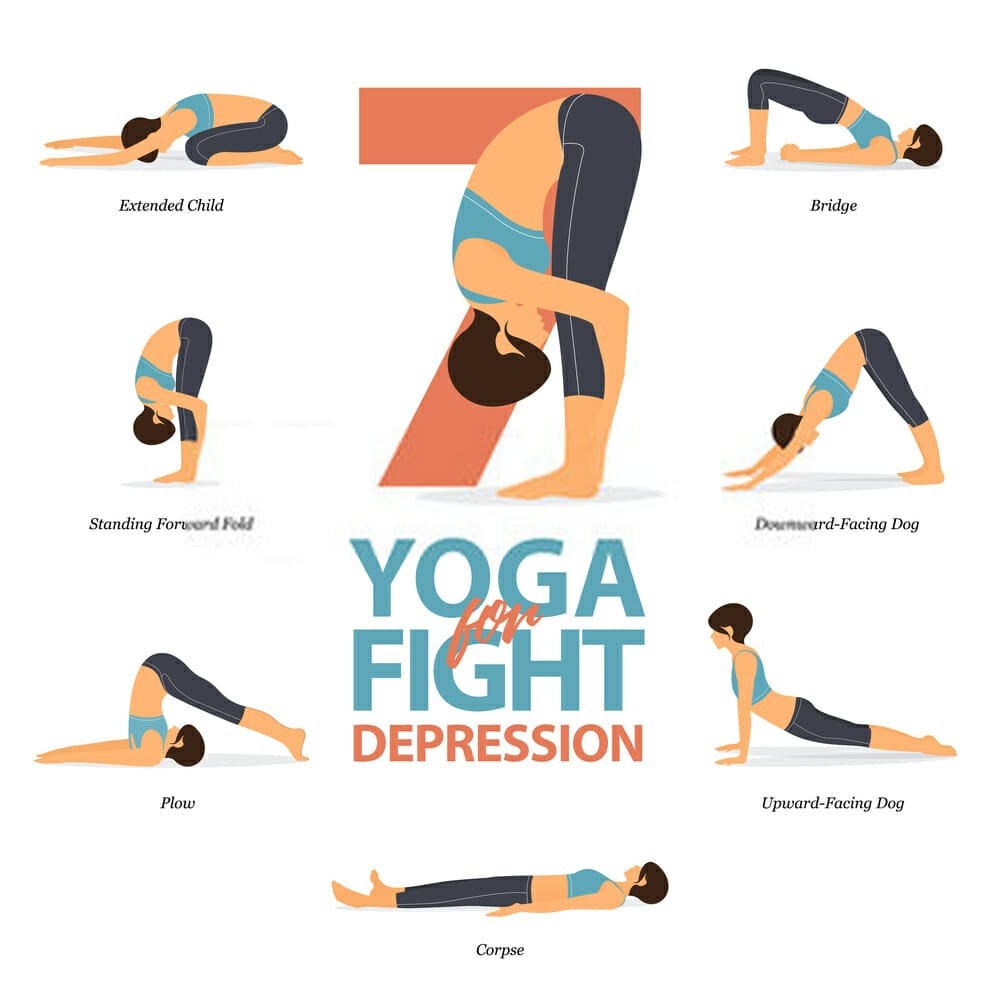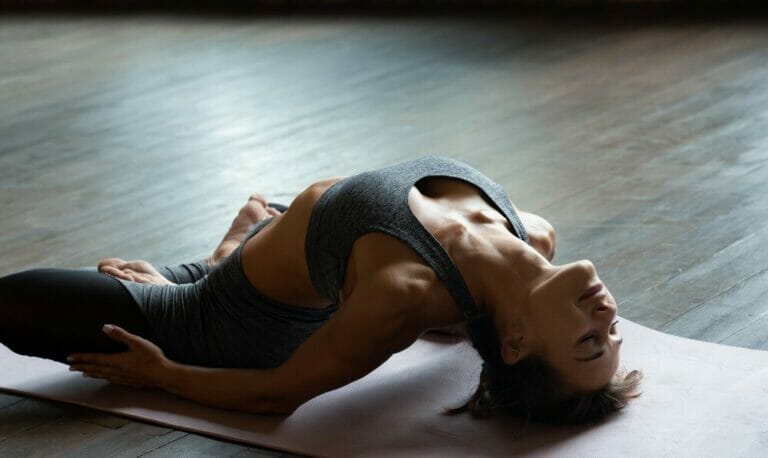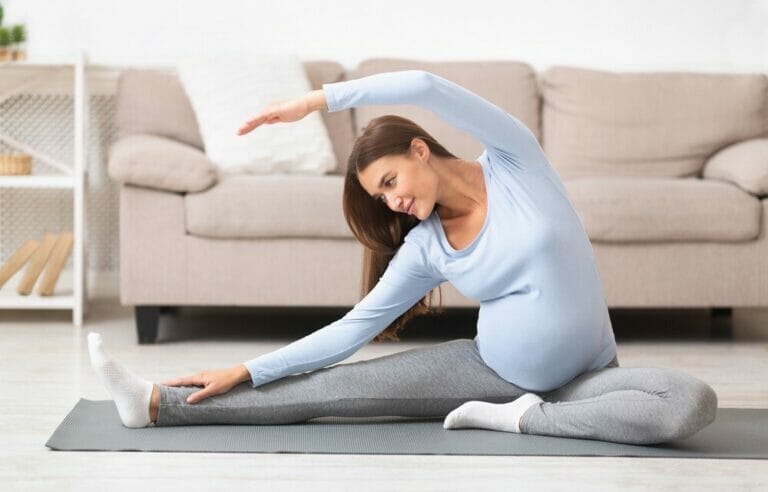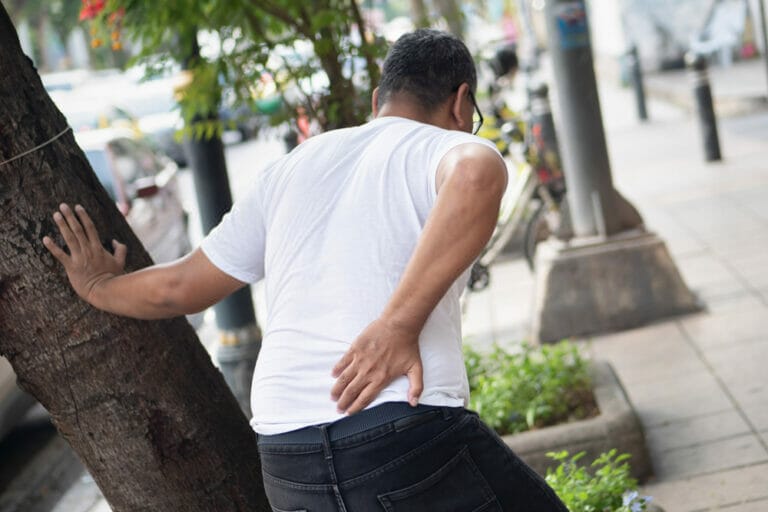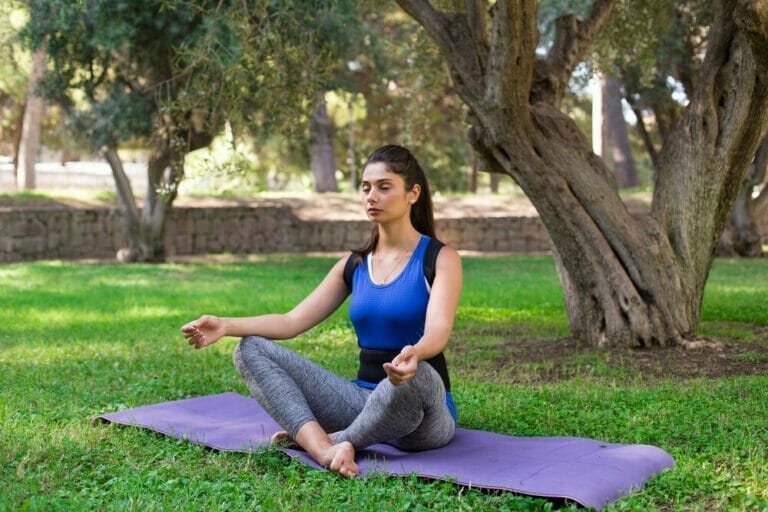The Amazing Power Of Yoga Poses To Relieve Anxiety And Depression
Some days, you hate getting out of bed and confronting the world. Hopelessness takes control, and you are left feeling empty.
If this occurs frequently, my friend, you are in trouble since depression is knocking on your door.
Depression is a neurological disorder that affects the brain. It is your reaction to anything tragic, like the death of someone or the loss of a loved one.
When these sensations worsen and become more muscular, a medical disorder known as clinical depression develops.
Yoga As A Cure For Depression
Yoga is one of the effective techniques to lift your spirits and keep the sadness at bay. Yoga postures improve blood flow to the brain, allowing for the synthesis of mood-enhancing chemicals.
Is yoga beneficial for depression? Yoga is supposed to alleviate depression naturally, and here is a list of yoga postures that will assist you in doing so.
Yoga has no adverse side effects, making it a better alternative for treating depression than other medications.
Take out your yoga mat, and let us look at the different yoga poses that can help to eliminate mental illness.
Butterfly Pose (Baddha Konasana)
Butterfly Pose is a simple position that might help you ground yourself in the present moment when you’re feeling nervous.
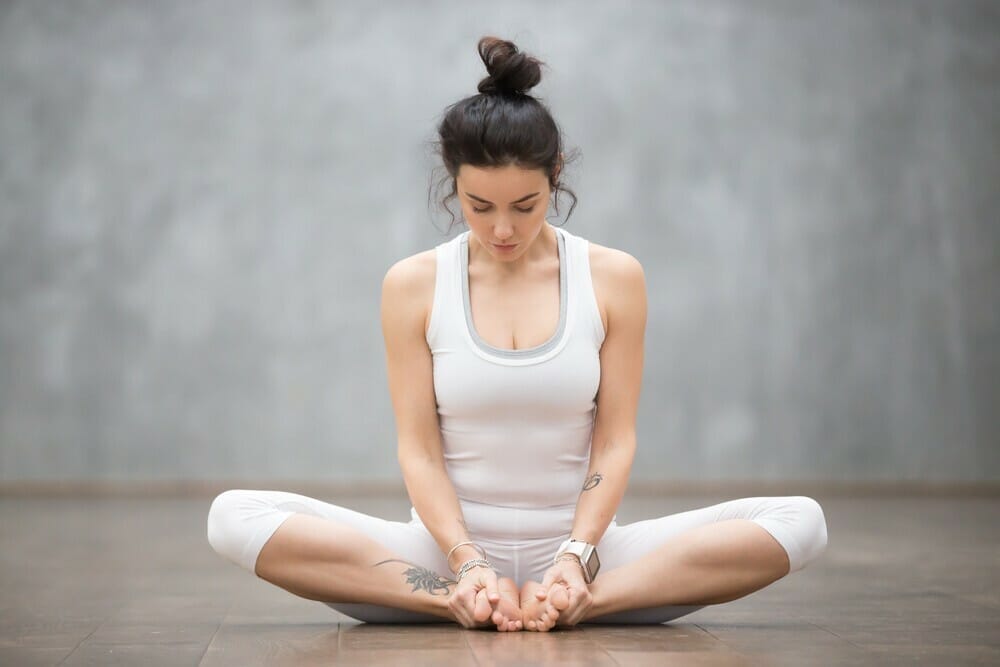
Yoga practitioners believe that by focusing on your breathing, the position fosters thoughtful introspection.
Butterfly Pose, which helps you reach a meditative state, also combines the healing effects of meditation.
Balasana (Child’s Pose)
Balasana relaxes the mind and removes tension and anxiety. It stretches your lower back and hips softly, allowing your body to relax.
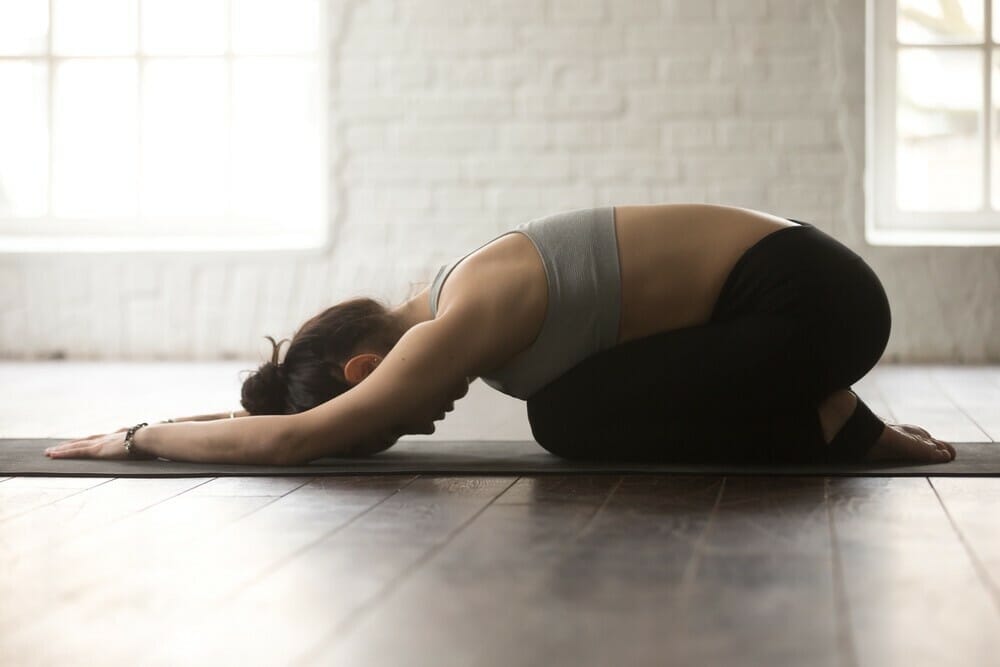
As a result, peace and tranquillity pervade your entire being, assisting you in dealing with your depression more effectively.
Balasana is regarded as one of the most relaxing yoga postures. You only need to kneel and sit on your heels. Make sure your big toes are touching.
Maintain a hip-width gap between your knees and keep your hands on your knees. Then, with your face on the ground, bend your body forward, in between your split thighs.
Bring your arms forward, palms down, and rest them on each side of your head. Hold this posture for a few moments.
Sethu Bandhasana (Bridge Pose)
Sethu Bandhasana strengthens and relaxes the back muscles. It aids in relaxation and is beneficial to those suffering from stress, anxiety, and depression.
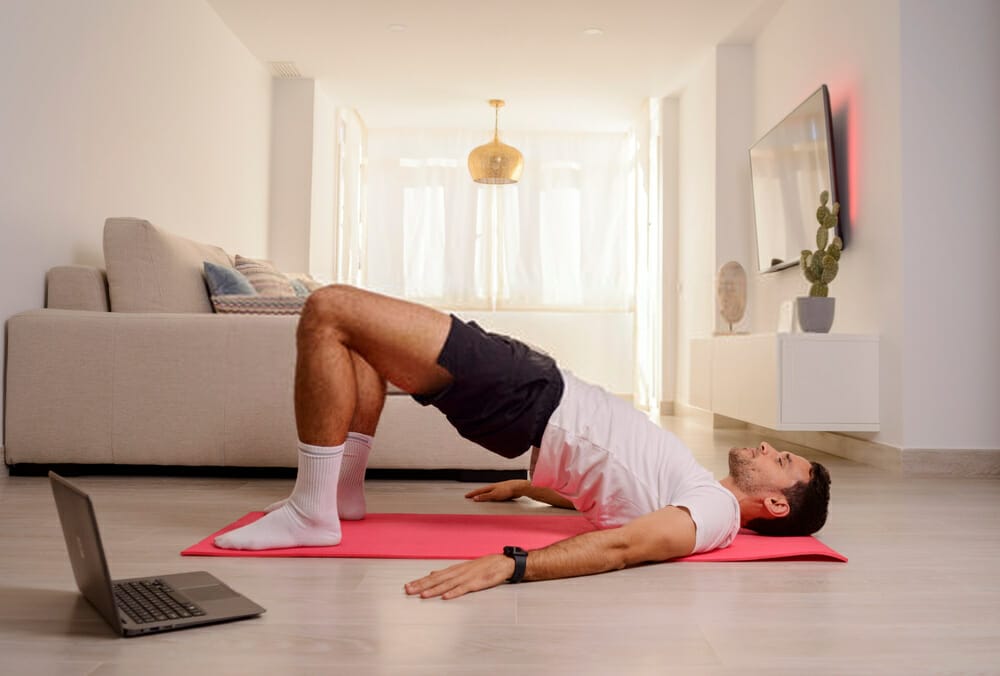
Sethu Bandhasana expands your heart, allowing you to feel light and at peace. To do the position:
Lie on your back on the floor.Maintain your arms on the floor on either side, palms down.
Fold your legs at the knees to lift them.
Check that your ankles and knees are in a straight line and that your feet are a few inches apart.
Raise your entire back off the floor and hold it there for a few seconds. Your thighs should be parallel to each other, while your chest should be touching your chin while you do this.
Urdhva Mukha Svanasana (Upward-Facing Dog Pose)
Urdhva Mukha Svanasana is an effective treatment for moderate tiredness and depression. It has a general revitalizing impact on your body, and all the tension in your back will go.
Urdhva Mukha Svanasana is a posture that strengthens and wakes the upper body. To do the asana, lie on the floor with your face down and your legs parallel, with your toes facing downward and a few inches apart.
Facedown, place your palms towards your chest on either side. Maintain a tight grip on your ribcage with your palms.
Lift your body and straighten your arms and legs off the floor a few inches. Firmly press the tops of your feet into the ground.
Adho Mukha Svanasana (Downward-Facing Dog Pose)
Adho Mukha Svanasana allows new blood to enter your body. It stretches the neck and cervical spine, relieving stress and lowering anxiety and soothing your being.

Adho Mukha Svanasana strengthens and promotes digestion by stretching the abdominal muscles. Make a table-like position with your body to do the pose.
Make the table legs out of your legs and hands and the tabletop out of your back. Straighten your elbows and knees while pulling your hips upward and making an inverted V with your body.
Hands should be shoulder-width apart, legs hip-width apart, and toes should point straight ahead. Straighten your neck and push your hands firmly to the ground.
Halasana (Plow Pose)
Halasana improves your posture and relieves stress on the back. In addition, it prevents headaches and sleeplessness.
One of the best relaxing postures for your nervous system is Halasana. To do the posture, lie flat on your back with your arms parallel to your torso.
First, lift your legs off the ground at a 90-degree angle to the floor. Then, with your hands on your hips as support, raise your hips towards your chest.
Next, bring your legs down slowly and over your head, hitting the ground beyond your head and planting your toes firmly on the ground. To avoid your thighs contacting your head, keep them straight.
Put your arms out in front of you and keep your palms facing down.
Uttanasana (Standing Forward Fold Pose)
Uttanasana relaxes your back, shoulders, and neck while also improving the functioning of your neurological system. In addition, it relaxes you and decreases your anxiousness.
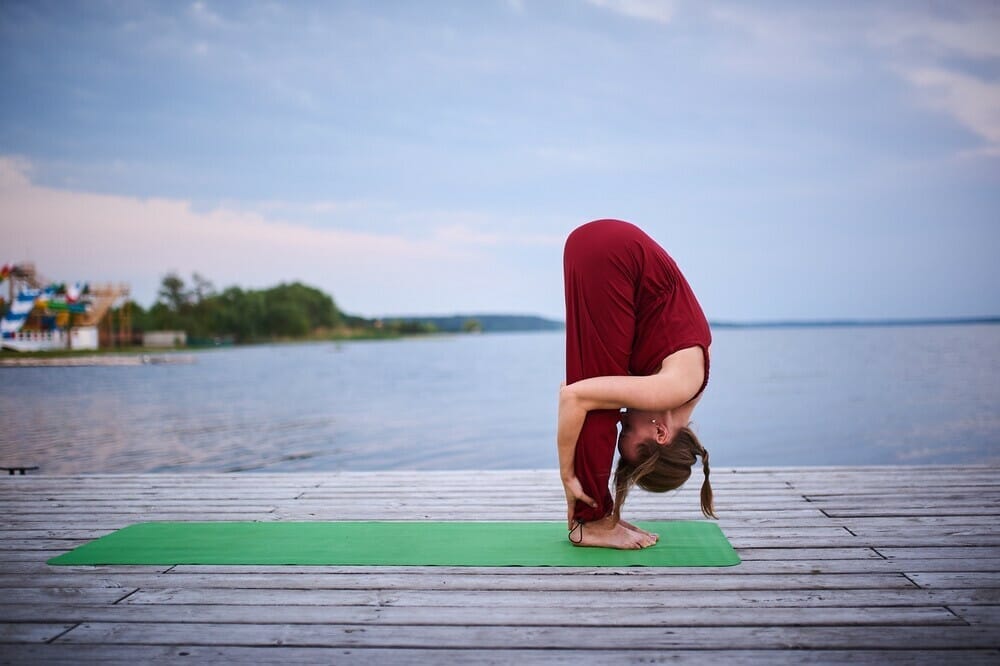
Uttanasana increases blood circulation as well. Stand straight, putting your arms beside your body and your feet at arm's length to do the asana. Lean forward at the hips while your hands are on them.
Make sure your head and chest are touching your thighs. Bring down your hands and place them beside your feet, or grasp your ankles behind your back. Maintain a straight line between your thighs.
Cow Pose (Bitilasana)
When you are experiencing low mood or worried thoughts, connecting to your breathing might help you feel calmer.
Cow Pose is commonly done with Cat Pose, enabling you to inhale and exhale while waking your spine.
Fish Pose
Fish Pose helps you to focus and relax. It boosts your mental clarity, soothing your soul, and opens up your mind.
Fish Pose can be done while seated or standing, depending on your preference. It is a balancing pose where you will feel loose in the body but still hold strong with an upright spine.
Cat Pose
Cat Pose helps you centre your mind and body, calming your thoughts and helping you focus. It is also a balancing exercise for core strength.

Cat Pose is a resting position in yoga. You can do it by seating or standing, depending on what feels better to you at the time.
To adopt the pose, bring your body into a table-like position as if doing Uttanasana but with legs bent to place your head between them.
Corpse Pose (Savasana)
Corpse Pose is the final relaxation position that should always be at the end of your yoga routine. It helps to relax your body and releases all stress.

To do Corpse Pose:
Lay on your back on the floor by placing your arms by your side with palms facing down.
Breathe deeply into your belly with your eyes closed.
Concentrate on feeling the air as it enters and leaves your body. Then, continue it for 5-10 minutes at a time to benefit significantly from its calming effects.
Seated Forward Bend (Paschimottanasana)
Paschimottanasana is an exercise for the spine, allowing it to stretch to its total capacity. It offers relief from back pain, provides flexibility, and promotes overall wellness.
The Forward Bend stretches out the chest muscles and relieves stress on the lower back. To do the pose:
Come down into a seated position with your legs stretched out in front of you and your hands resting on your thighs. Move your torso forward and rest your forehead on the ground in front of you.
Keep your knees bent and your legs as straight as possible. When you feel comfortable, slowly allow your arms to stretch out behind you, resting them on the floor with palms down.
If it feels comfortable, reach back and clasp your hands together with palms facing one another. If not, leave your hands relaxed at the base of your spine.
Bottom Line
Depression can make you feel tired and feel like you don’t want to do anything. Yoga is a great way to combat depression, anxiety, and stress.
By practising the poses listed above, you may be able to ward off symptoms of depression and make yourself feel better. Yoga is known to improve your physical, mental, and emotional health.
But remember: if you are experiencing symptoms of depression, consult a doctor or therapist before practising yoga. Consulting with your physician or therapist is essential for gauging how severe your depression might be.

